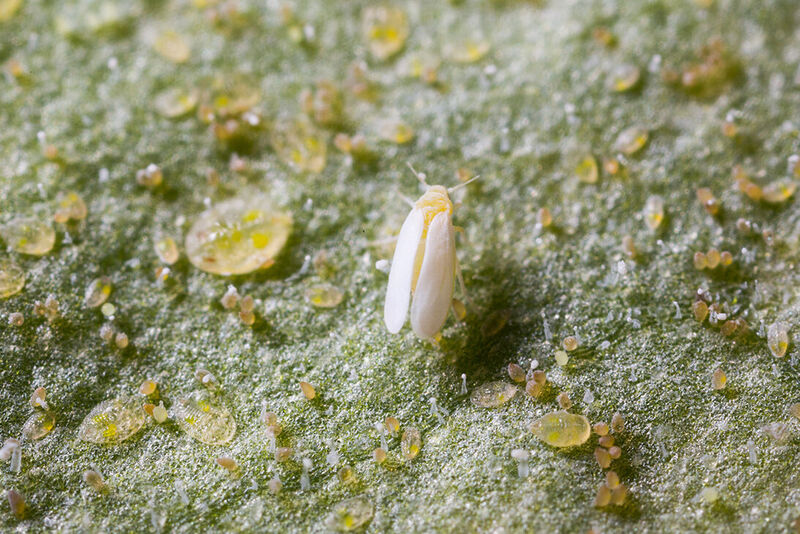Help, whitefly! Now what?

Having whitefly in your crop is rightly a major concern, and it’s important to combat this pest as quickly as possible. However, effective biological control starts with understanding the pest you have to deal with and the control strategy. Here’s what you need to know.
- Whitefly can spread extremely quickly. It’s important to scout your crop at regular intervals so that you can spot an attack early on.
- When you spot the first whitefly, quickly assess the extent of the spread. Are they present on one plant in a corner, or have they spread throughout the crop? If they’re localized to one plant, you can apply control measures in that spot or remove the plant. If the whitefly has already spread, your alarm bells should be ringing, and you must take immediate action.
- Make sure you know how to distinguish between the two most common species of whitefly: greenhouse whitefly and tobacco whitefly. Although they’re alike, their optimal development temperatures, lifespans, and distribution throughout the plant differ.
- Know which biological control to use and when.
- In addition to damage by feeding on crops, whitefly can contaminate the leaves and fruits and transmit viruses. The tobacco whitefly is infamous for being able to transmit more than 25 viruses to the plants it feeds off.
- With some crops, including pepper and tomato, it’s a safe bet that you’ll receive a visit from whitefly sooner or later. As such, it’s a good idea to initiate preventive control measures as soon as possible before you even notice the whitefly. That way, you’ll be one nil up if your uninvited guest does show up.
- Keep your finger on the pulse when it comes to controlling. Look at how the infestation is developing and adjust your strategy if the control method is not working as you want it to. You should use mold preparations or integrated pesticides if you can’t get the infestation under control with biological controls.
- If you’re tackling greenhouse whitefly, remember that it quickly develops pesticide resistance.
- If you opt for pesticides, ensure they are safe for use with biological control. Koppert has developed an app to help you with this – the side effects app– so that you can check what side effects chemical pesticides have on natural enemies.
- If you suffer an attack, always seek the second opinion of a consultant. Don’t try to reinvent the wheel; plenty of knowledge and expertise exists already!